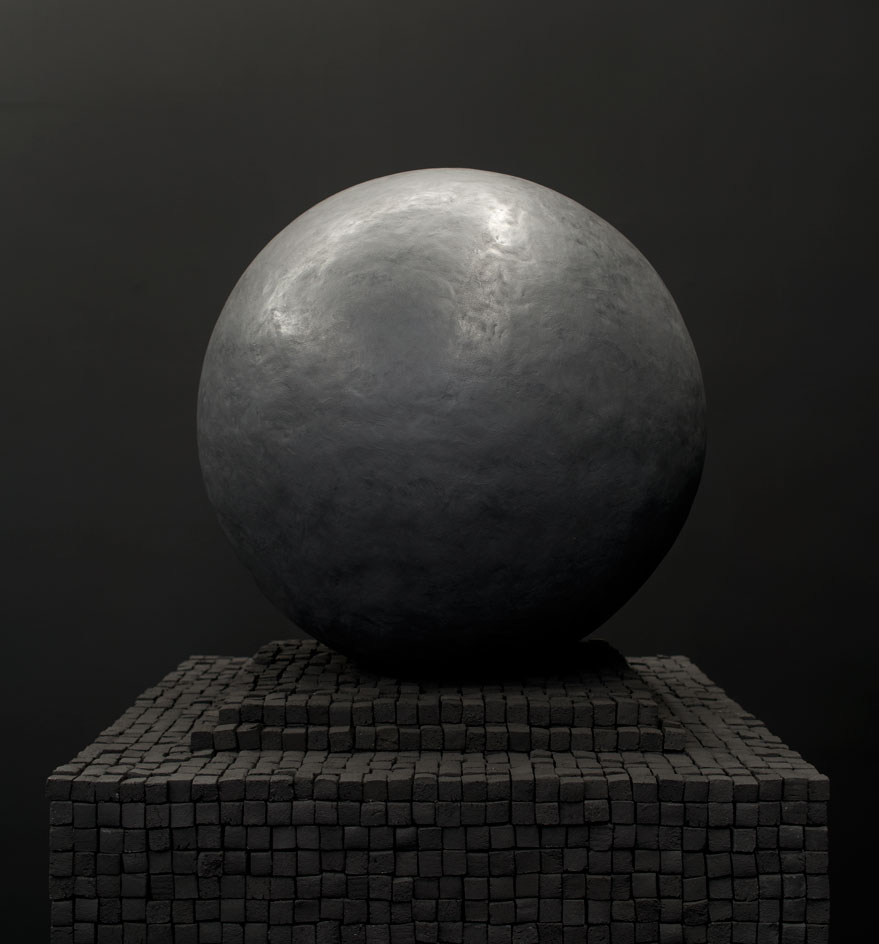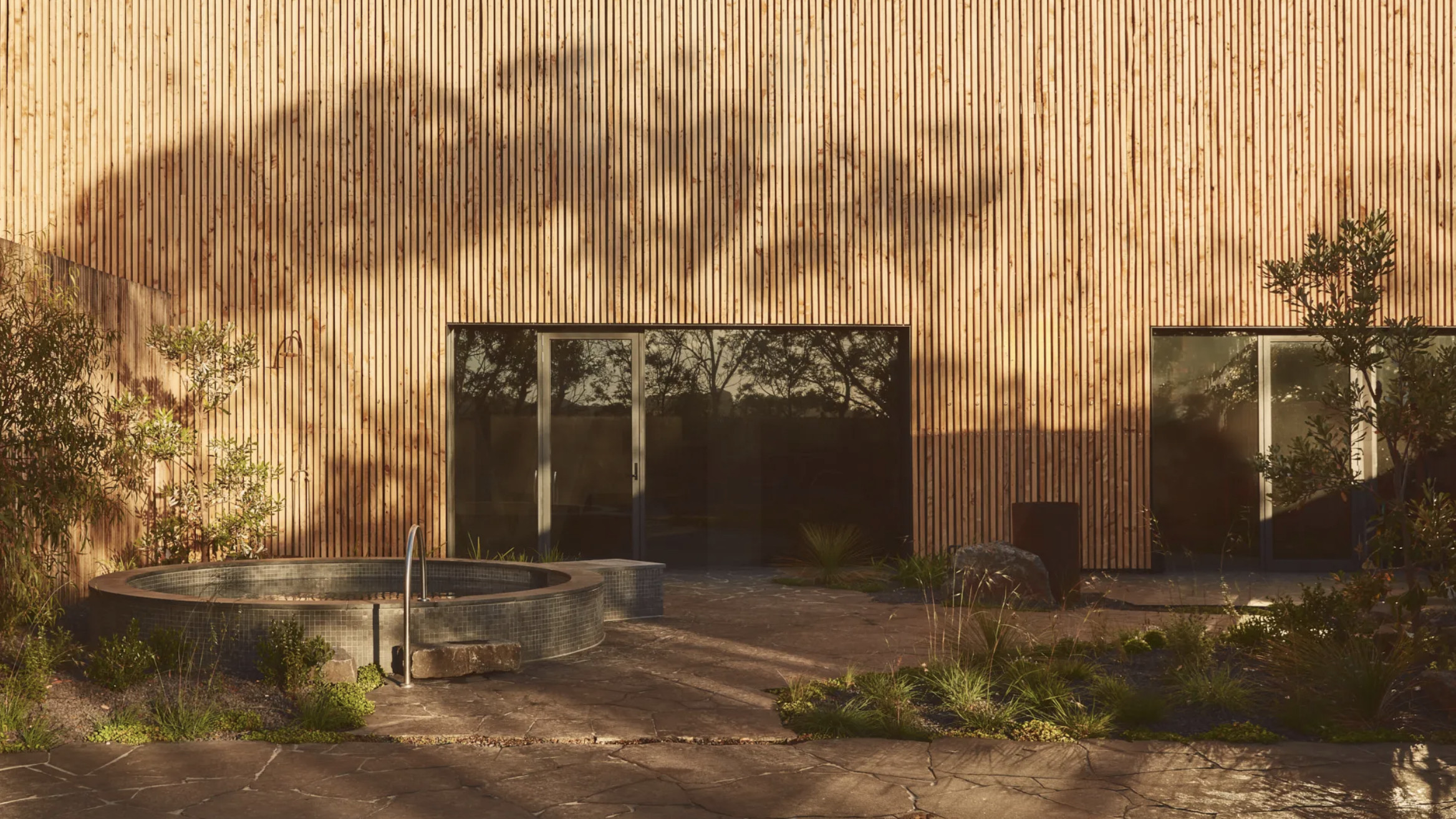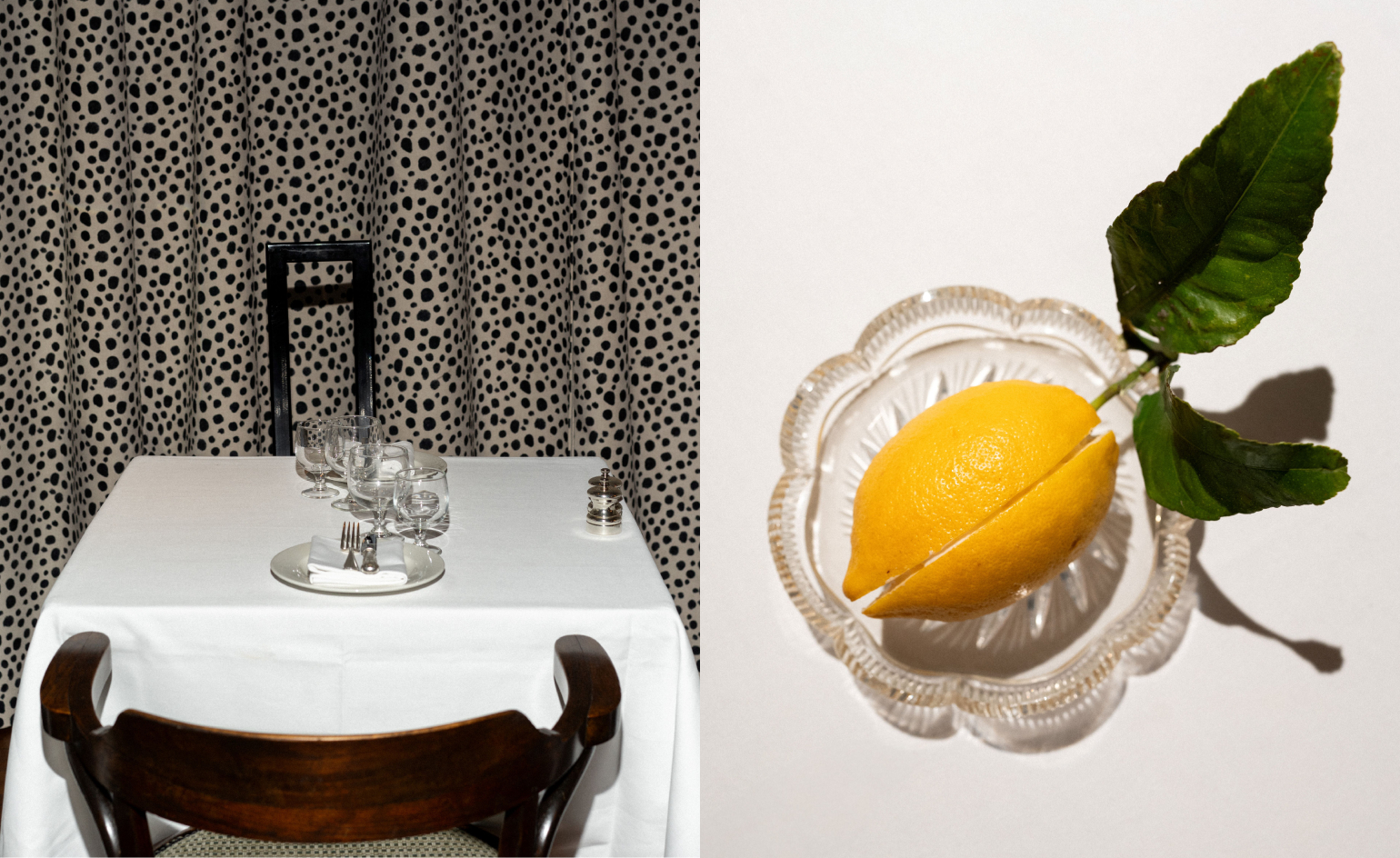Back to basics: Jonathan Berger's 'A Future Life' in Portland, Oregon

Over the past five years Jonathan Berger has become one of the more exciting curators in New York. He's organised some of the most memorable and avant-garde exhibitions of recent memory, with a slew of wide-ranging (late and contemporary) multimedia talents; from Andy Kaufman and Michael Stipe to Bob Mizer and Vaginal Davis. However, while Berger ascended the curatorial ranks – becoming the director of New York University’s 80WSE Gallery – he moved further away from his own artistic practices, which were last showcased in a series of three exhibitions (architecturally investigating the notion of empire from ancient civilization to the present in a very anti-commercial context) over the fall of 2007 at Chelsea gallery Andreas Grimm.
'I made this kind of catch-all monumental architecture that you followed through all three parts of the show,' recalls Berger. 'It was a mix of ziggurats, pyramids, Greece and Rome, Albert Speer, various government monuments and a bunch of other stuff. I wanted it to be oversimplified much in the way history is, but to kind of turn that simplification back on itself in a critical way.'
In the first section of the show, 'Founder', visitors only saw the base of the flat grey 'impenetrable anti-human architecture which grew out of Speer's work'. In the second section, 'GONER', those structures were in ruin, brown and decaying and shrunk to human scale 'with the feeling of badly maintained monument'. In the final section, 'seer', that same architecture is knocked down so only the bases of the shrunken versions are left and they become benches on which people can sit. 'So in a sense they become reclaimed, in a great way, by normal people,' says Berger. 'As a place to sit and think.'
After spending nearly a decade frenetically curating and contextualising other people’s work, Berger was ready to sit and think about his own process and ask himself very basic questions like: What is beauty?
'There’s a way that I make stuff that is very much in the voice of a writer, it’s very organic, I figure it out myself,' says Berger, who just opened his first show in eight years, 'A Future Life', at Portland, Oregon’s Adams and Ollman. 'I spent this great amount of time making these shows that thought about how an exhibition site could be used, and how exhibition design could affect the relationship between the viewer and the information they are being given. And I spent two years figuring out how to make objects again – so this show is really about how to speak fluently through exhibition design and biography. In a weird way, it’s autobiography.'
The autobiographical objects in the exhibition, which has the feel of an industrial-minimalist James Lee Byars installation, are all meant to evoke the characteristics of people interacting with one another. As such, the entirety of the 500 sq ft space is blanketed in 90,000 one-inch charcoal cubes, some of which are stacked into 45-inch high plinths that display everything from white and black medicine ball-sized putty and charcoal sculptures, built up over time, to cups of spilled charcoal powder and a handmade sculpture of a potted agave plant – 'a cartoon of metal' – made from paint-stripped 1930s tin cans. The cans also provide the material for five sheets of tin chainmail representing the sides and floor of a flattened building, as well as a wall piece of distorted tin hearts joined at the tips.
'"A Future Life" is a reference to where I’m at, the people that have been in my life recently and the way I think about life now,' says Berger. The charcoal, like the desert environments invoked by Berger’s mise-en-scene (and some inspirational texts on the desert that informed the work), acts as a purification device; cleansing not only space and the viewer’s mind but his process as well.
'Deserts are associated with visions and mirages and ways of seeing that can’t happen anywhere else. I’m really interested in the real experience you have with some object and I’ve always believed material properties can create an emotional state for somebody. That folds back into this idea of objects making people not feel like people,' says Berger, who also meant to have everything on one viewing plane to broaden the range of perspectives. 'I want what I put out in the world to be generous and for people to have an experience that affects them in a way that has some meaning.'
It appears as if he's off to a good start.

The autobiographical objects in the exhibition – which has the feel of an industrial-minimalist James Lee Byars installation – are all meant to evoke the characteristics of people interacting with one another. Pictured left: Untitled, 2016. Right: Untitled (Century Tree), 2016

Berger explains: ’"A Future Life" is a reference to where I’m at, the people that have been in my life recently and the way I think about life now.’ Pictured: Untitled (Globe), 2016
INFORMATION
’A Future Life’ is on view until 12 March. For more information, visit Adams and Ollman’s website
ADDRESS
Adams and Ollman
209 SW 9th Avenue
Portland, OR 97205
Wallpaper* Newsletter
Receive our daily digest of inspiration, escapism and design stories from around the world direct to your inbox.
-
 ‘Humour is foundational’: artist Ella Kruglyanskaya on painting as a ‘highly questionable’ pursuit
‘Humour is foundational’: artist Ella Kruglyanskaya on painting as a ‘highly questionable’ pursuitElla Kruglyanskaya’s exhibition, ‘Shadows’ at Thomas Dane Gallery, is the first in a series of three this year, with openings in Basel and New York to follow
By Hannah Silver
-
 Australian bathhouse ‘About Time’ bridges softness and brutalism
Australian bathhouse ‘About Time’ bridges softness and brutalism‘About Time’, an Australian bathhouse designed by Goss Studio, balances brutalist architecture and the softness of natural patina in a Japanese-inspired wellness hub
By Ellie Stathaki
-
 Marylebone restaurant Nina turns up the volume on Italian dining
Marylebone restaurant Nina turns up the volume on Italian diningAt Nina, don’t expect a view of the Amalfi Coast. Do expect pasta, leopard print and industrial chic
By Sofia de la Cruz